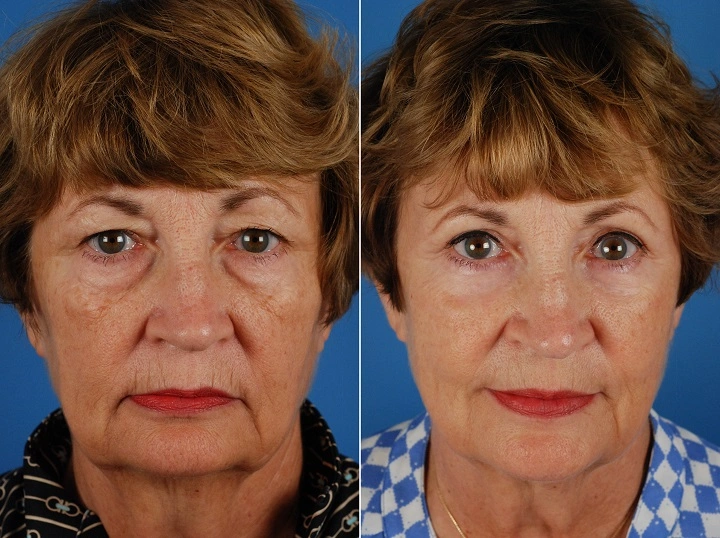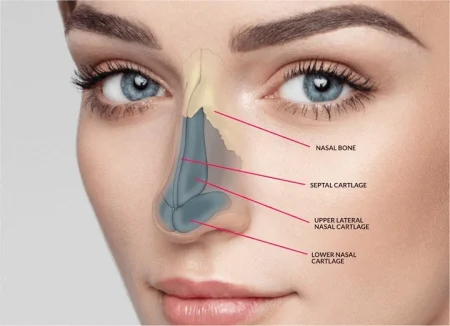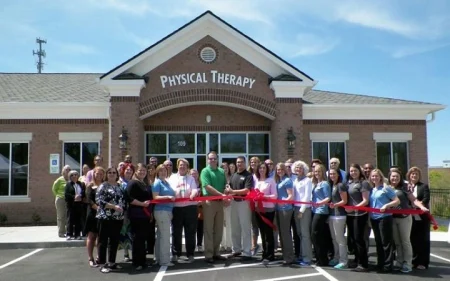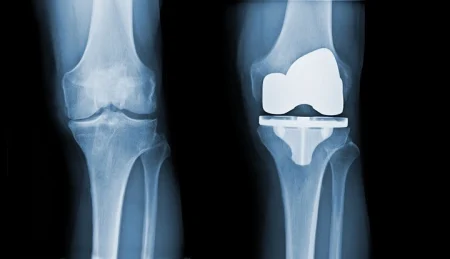Introduction to Blepharoplasty: Transforming Eyelids for a Youthful Look
Blepharoplasty, commonly known as eyelid surgery, is a popular cosmetic procedure aimed at improving the appearance and function of the eyelids. Whether performed for aesthetic reasons or to address vision impairment caused by drooping eyelids, blepharoplasty offers a safe and effective solution. This article provides a comprehensive overview of blepharoplasty, including the types of procedures, candidacy, recovery process, risks, and benefits, helping you make an informed decision about this transformative surgery.
What Is Blepharoplasty?
Blepharoplasty is a surgical procedure that removes excess skin, muscle, and sometimes fat from the upper and/or lower eyelids. It can correct droopy eyelids, reduce puffiness, and smooth wrinkles, resulting in a refreshed and youthful eye appearance.
Upper Eyelid Blepharoplasty
This procedure focuses on the upper eyelids to eliminate sagging skin that may obstruct vision or cause a tired look. Excess tissue is removed or repositioned to restore a natural eyelid contour.
Lower Eyelid Blepharoplasty
Lower eyelid surgery targets puffiness or bags under the eyes caused by fat deposits or loose skin. It helps smooth the under-eye area and reduce shadows that make the eyes appear tired.
Who Is a Good Candidate for Blepharoplasty?
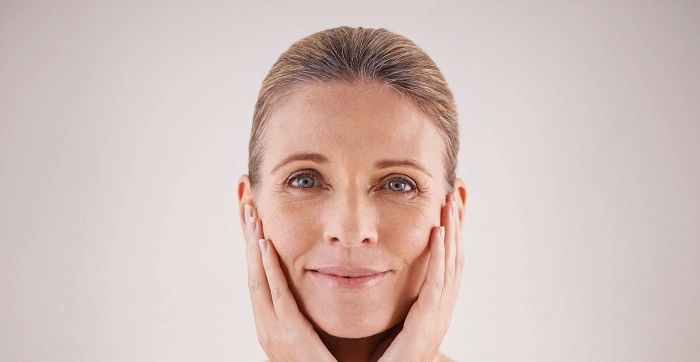
Ideal candidates for blepharoplasty are adults with healthy skin and muscles around the eyes who seek to improve eyelid appearance or functionality.
Common Reasons for Seeking Blepharoplasty
- Excess upper eyelid skin obstructing vision.
- Puffy or baggy lower eyelids.
- Drooping eyelids causing discomfort.
- Desire for a more youthful eye contour.
Important Considerations
Candidates should be non-smokers or willing to quit before and after surgery and have realistic expectations about the outcomes.
The Blepharoplasty Procedure: What to Expect
Consultation and Planning
Your surgeon will assess your eyelid anatomy, discuss goals, and determine the appropriate surgical approach during the initial consultation.
Surgical Techniques
Blepharoplasty is typically performed under local anesthesia with sedation or general anesthesia. Incisions are strategically placed within natural eyelid creases to minimize visible scarring.
- Upper eyelid incisions: Made along the natural fold.
- Lower eyelid incisions: Either just below the lash line or inside the eyelid (transconjunctival).
Duration and Process
The surgery usually takes 1 to 3 hours depending on whether one or both eyelids are treated.
Recovery After Blepharoplasty
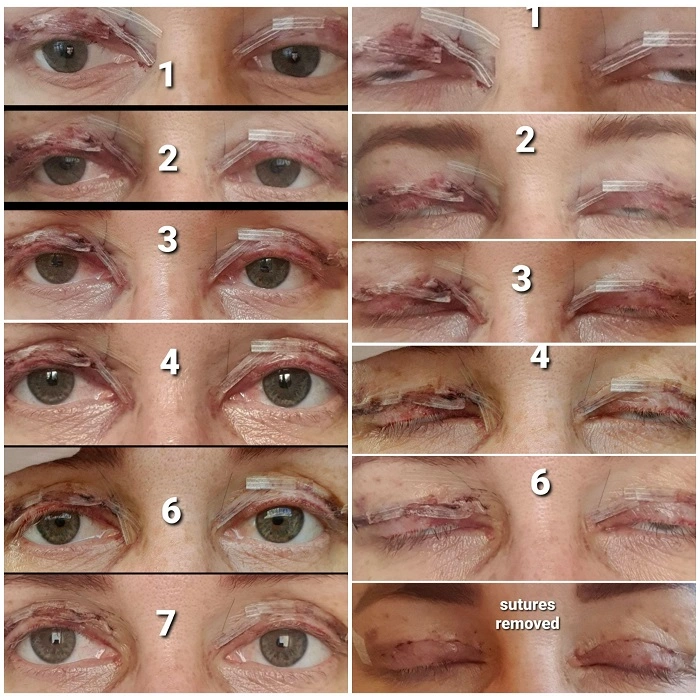
Immediate Post-Operative Care
Swelling, bruising, and mild discomfort are common after surgery. Applying cold compresses and keeping the head elevated helps reduce these symptoms.
Healing Timeline
Most patients resume normal activities within 7 to 14 days. Full healing, including fading of scars and resolution of swelling, may take several weeks.
Follow-Up Visits
Surgeons schedule follow-up appointments to monitor healing and address any concerns.
Benefits of Blepharoplasty
- Improved field of vision for those with droopy eyelids.
- A more alert and youthful eye appearance.
- Reduction of under-eye bags and puffiness.
- Increased self-confidence and satisfaction with appearance.
Risks and Potential Complications
Though generally safe, blepharoplasty carries risks like any surgery:
- Infection or bleeding.
- Dry or irritated eyes.
- Difficulty closing eyes temporarily.
- Scarring or asymmetry.
- Changes in eyelid sensation.
Choosing an experienced surgeon minimizes these risks.
Frequently Asked Questions About Blepharoplasty
How long do the results of blepharoplasty last?
Results typically last 5 to 10 years, with some patients enjoying permanent improvements.
Is blepharoplasty painful?
Discomfort is usually mild and managed with prescribed pain medication.
Can blepharoplasty be combined with other cosmetic procedures?
Yes, it’s often combined with facelifts, brow lifts, or Botox for comprehensive facial rejuvenation.
Will there be visible scars after surgery?
Scars are usually well-hidden within natural eyelid folds and fade over time.
How soon can I wear makeup after blepharoplasty?
Makeup application is generally safe after 1 to 2 weeks, once the incisions have healed sufficiently.
Is Blepharoplasty Right for You?
Blepharoplasty offers a highly effective way to restore youthful, vibrant eyes and improve eyelid function. With careful planning, expert surgical technique, and proper aftercare, patients can achieve long-lasting results that enhance both appearance and quality of life. Consult a qualified plastic surgeon to explore whether blepharoplasty fits your aesthetic goals and medical needs.


